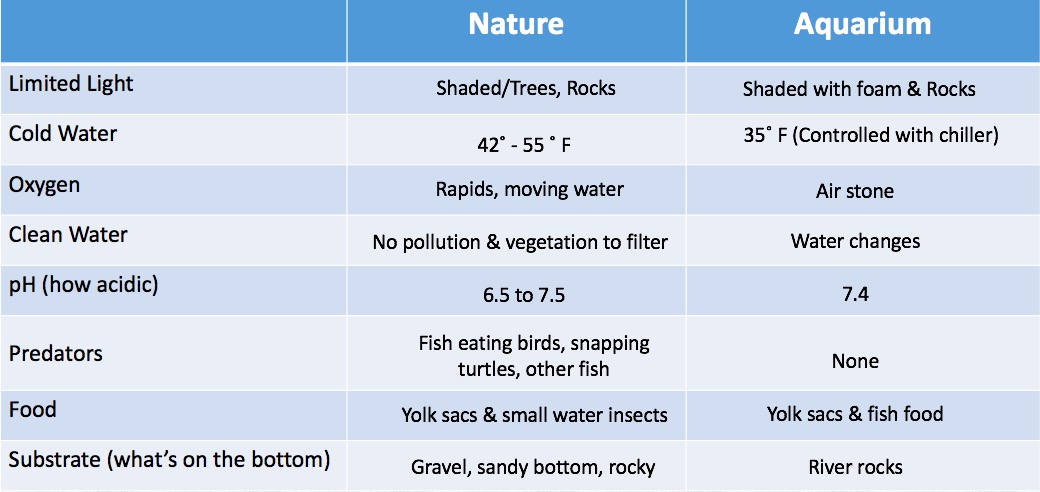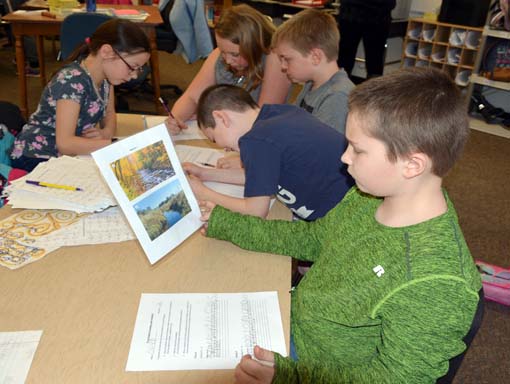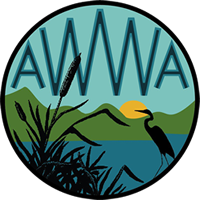This week our Paul School 4th graders learned how their aquarium is set up to simulate nature! Brook trout require certain conditions in order to thrive, and the 4th graders did a great job of guessing how we meet the trout’s needs while they’re growing in the classroom. Check out the chart below to see conditions in nature vs. the aquarium.

The students also completed an activity where they were given a set of photos, and had to rank the trout habitat from 1 (the best) to 4 (the worst). In addition to ranking the photos, they also had to give an explanation for their choices. The better habitats had shade, moving water, and presumably a rocky or gravel bottom. The worse habitats had little to no shade, stagnant water, and visible signs of pollution or potential pollution. It was great to see that students knew the obvious answer of which habitat was best, but they had to support their choices by explaining why the poorer habitats are not ideal for trout.


After the activity, the students checked in on the tank to see their development. According to our development calculations, our trout will be swimming in a couple of weeks! Once they start swimming, we will begin feeding them fish food. At that point the tank will begin to look like a typical aquarium with fish moving around, instead of sitting on the bottom. The tank will also require frequent water changes, and rocks will be added to the bottom, giving the trout places to hide.


